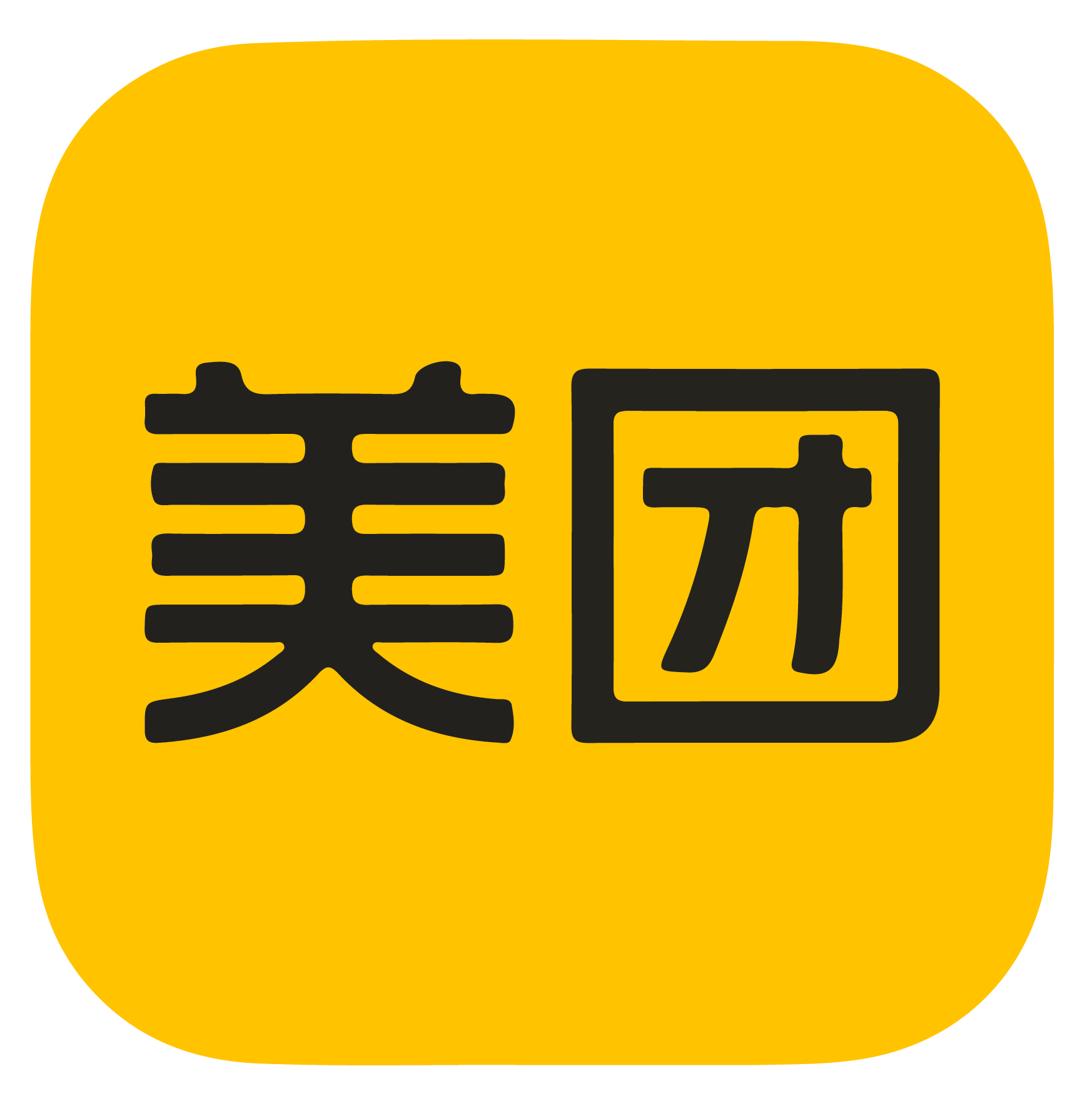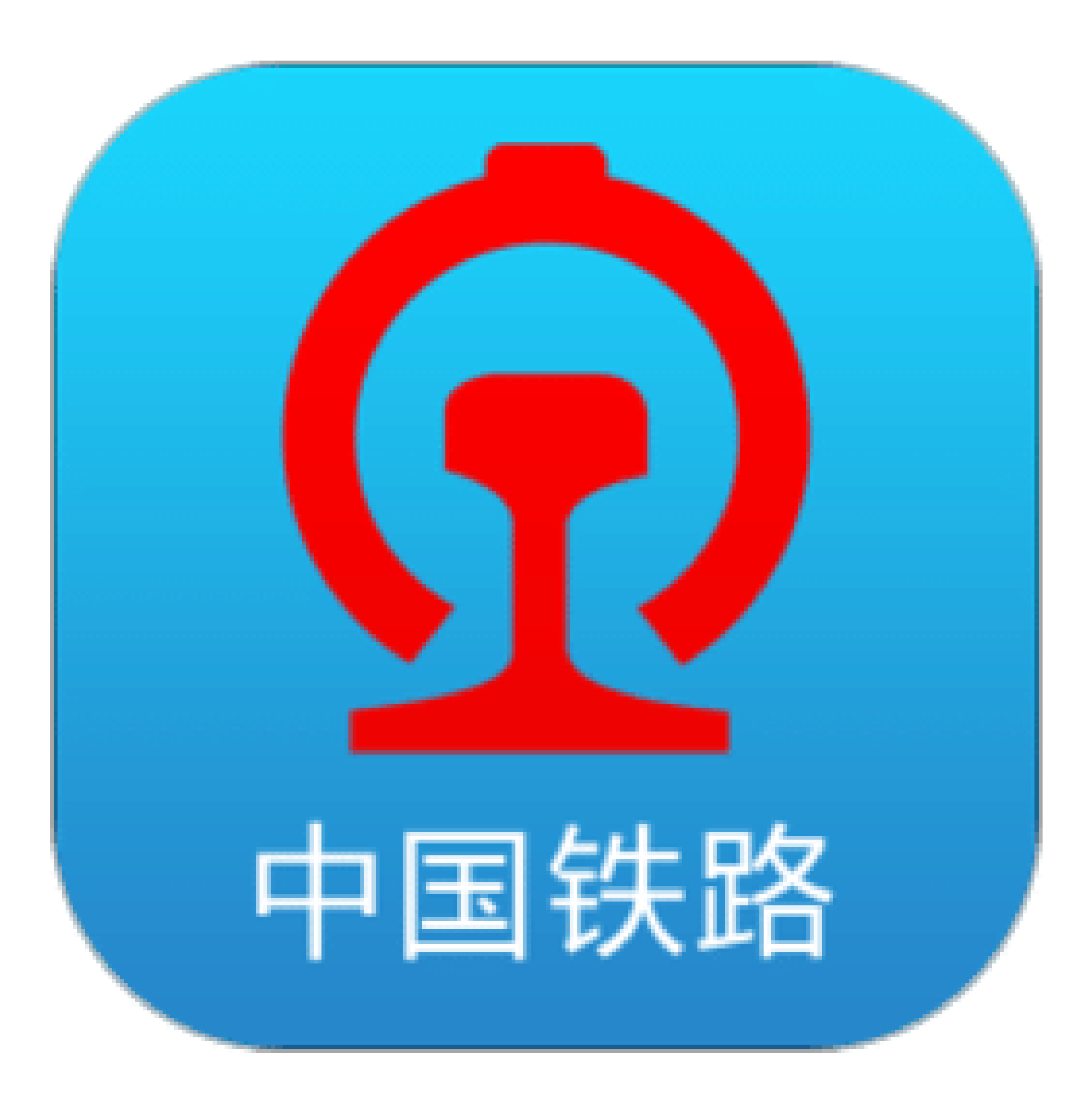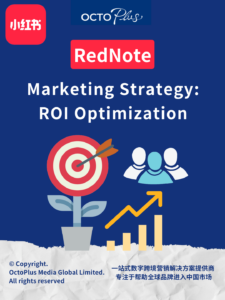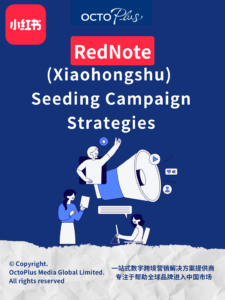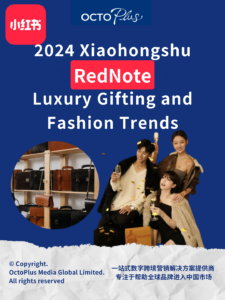China Marketing Insights Monthly Newsletter [December 2022]



Hello There,
Welcome to our December newsletter.
We start our newsletter with an analysis of China’s financial industry trends. Since Q2 of 2022, China has started to implement many regulatory measures in the financial field. We’ve compiled the Chinese financial industry’s key data analytics and advertising strategies for 2022. We also dive into insight into 11.11 post-shopping holiday analysis; “2022 Night Economy Insights Report” and the Douyin VS Kuaishou advertising trend.
In the app of the month, we feature Youku – the leading online video-sharing platform in China which was very similar to YouTube when it was first launched. Youku.com is a major digital media and entertainment company under the Alibaba Group.
From all of us here at OctoPlus Media, wishing you all A Very Merry Christmas & Happy New Year! May 2023 bring a lot of joy & prosperity!
Sincerely,
Mia C. Chen
CEO & Co-Founder of OctoPlus Media

2022 China’s Financial Advertising Trends
Since Q2 of 2022, China has started implementing many regulatory measures in the financial field. For example, the General Office of the State Council of the People’s Republic of China is encouraging securities, funds, guarantees and other institutions to reduce service fees further.
According to the “Big Data Insights – Financial Advertising Trends” published by AppGrowing’s professional mobile advertising intelligence analysis platform, the following is a compilation of the Chinese financial industry’s key data analytics and advertising strategies in 2022.
The proportion of investment in the financial industry showed an overall upward trend from January to August, ranking 7th or 8th in the industry. Among the advertising distribution for different promotion purposes, 92.6% of the advertisements were formed fill-up ads, and the remaining 7.4% were APP downloads. The distribution of advertisements in financial sub-categories is stocks (27.05%), loans (26.59%), wealth management (21.12%), and insurance (18.17%). The proportion of investment in wealth management has declined, but the ratio of investment in stocks, loans, and insurance has increased. Stocks and loans are still the main types of financial investment.
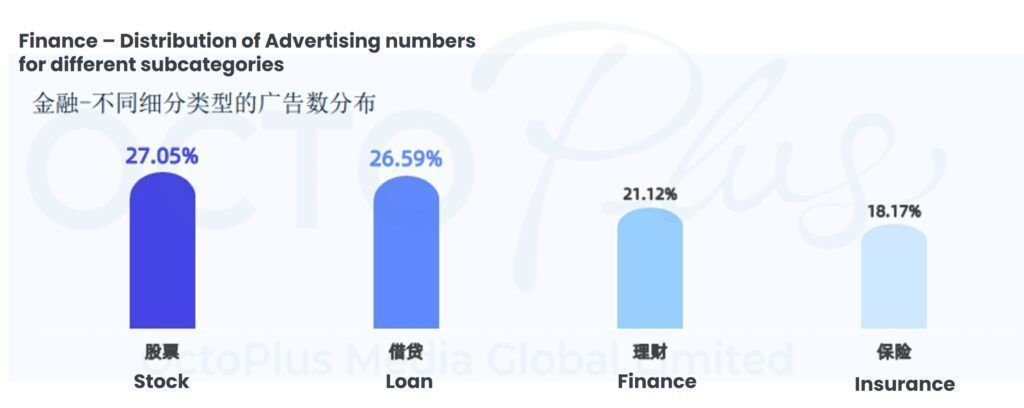
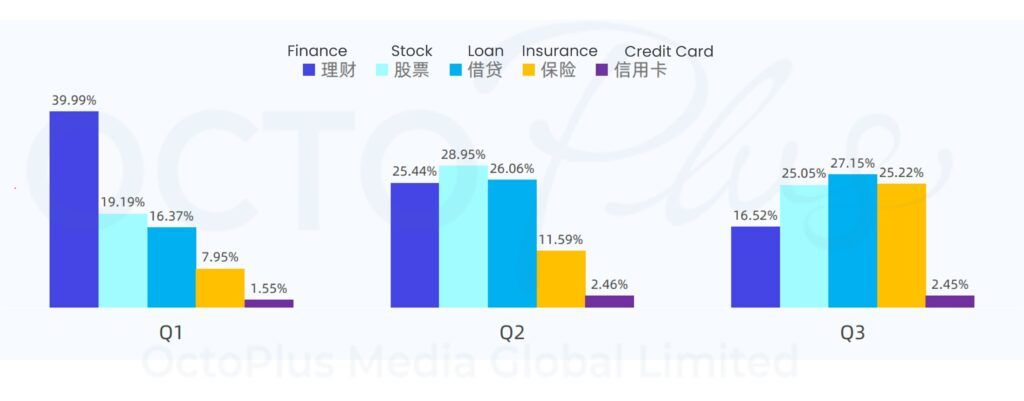
Key platforms in the financial industry include Baidu Marketing, Tencent Advertising, Ocean Engine, Kuaishou Magnetic Engine and NetEase Ads.
Financial advertising can be divided into 4 types as follows:
Stocks: The largest proportion of 27.05% and continuing to grow, with a strong presence on each platform, especially Baidu Marketing.
Loans: accounted for 26.59% of the investment, Q2 investment growth is significant, similar to the stocks category, advertising was invested in various platforms, with Tencent ads accounting for the largest share and Kuaishou Magnetic Engine being the least.
Wealth management: The proportion of investment is 21.12% showing a downward trend. The majority of the investments are concentrated in Kuaishou Magnetic Engine and the least in Baidu Marketing.
Insurance: the smallest proportion of investment was 18.17%, and investment in Q2 increased significantly. The main investment went to Kuaishou Magnetic Engine, although it was relatively less compared to the financial management category.

Key Category: Financial Hot Investment List (Form Retention Category) Top 5 (ranked in order from first to fifth)
Loan: 360Jie, Paipaidai, Fenqile, XiaoYing X-loan, Huan Bei Loan
Wealth management: China CITIC Bank, WeBank, China Merchants Bank, Jufeng Investment Advisory, Shanghai Pudong Development Bank
Insurance: Yuanbao Insurance, ZhongAn, Paipaidai, Taikang Life Insurance, Shuidi Insurance
Q1 to Q3 Financial Hot Investment Top 3 (ranked in order of first to third)
Q1: Alipay, iQiniu, Du Xiaoman
2: Alipay, iQiniu, 360Jie
Q3: Yuanbao Insurance, 360Jie, iQiniu
APP download category Q1 to Q3 Financial Hot Investment List Top 3 (ranked in order of first to third)
Q1: JD Finance, Gushi Yingjia, Xingyong Qianbao
Q2: Gushi Yingjia, Gaoneng Zhitou, East Money
Q3: East Money, Tonghuashun Shouji Chaogu Gupiao Ruanjian, Gushi Yingjia
Key advertising traffic media include Ad Network, QQ, QQ Browser, Tencent News, Fanqie Novel, CSJ Platform, and so on. Among the creative formats, vertical video ads account for the largest share, followed by video, and the lowest are image ads.
Hot advertiser targeting strategy
Stocks: Generally, free stock consultation is used as a selling point for advertising, or to promote the function and trend analysis of stock diagnosis to entice users to click and invest, as well as many related advertising words such as “stock”, “stock diagnosis”, “compass”, “trading” and so on.
Loans: In general for Capital ads, advertisers usually emphasize high maximum loan amount and fast lending, such as “the fastest hour/one minute in the account”, advertising words such as “borrow money”, “lack of money”, “quota”, “loan” and so on.
Insurance: Most of the popular advertising points are the launch of medical insurance or critical illness insurance, including “medical insurance”, “critical illness insurance”, “sum insured”, “protection” and so on.
In addition, there are common routines in financial advertising such as interviews with financial experts, interviews with passers-by on the street and experts teaching on stage, mainly through interviews to introduce or prompt product features, and using pain points to arouse users’ interest in the product.
The above is the main data analysis in China’s financial industry advertising in 2022, if you want to know more about advertising details, please contact us!
2022 China 11.11 Insight Report: 900 million e-commerce users
Double Eleven is China’s shopping carnival, a day of large-scale promotions. The Double Eleven promotion plays a stimulating role, by effectively boosting consumer enthusiasm and achieving the rhythm of two waves of bursts. QuestMobile released the “2022 Double Eleven Insight Report “, from which we have compiled excerpts from the report. Although e-commerce consumption in China has shown steady growth, there are signs of a slowdown.
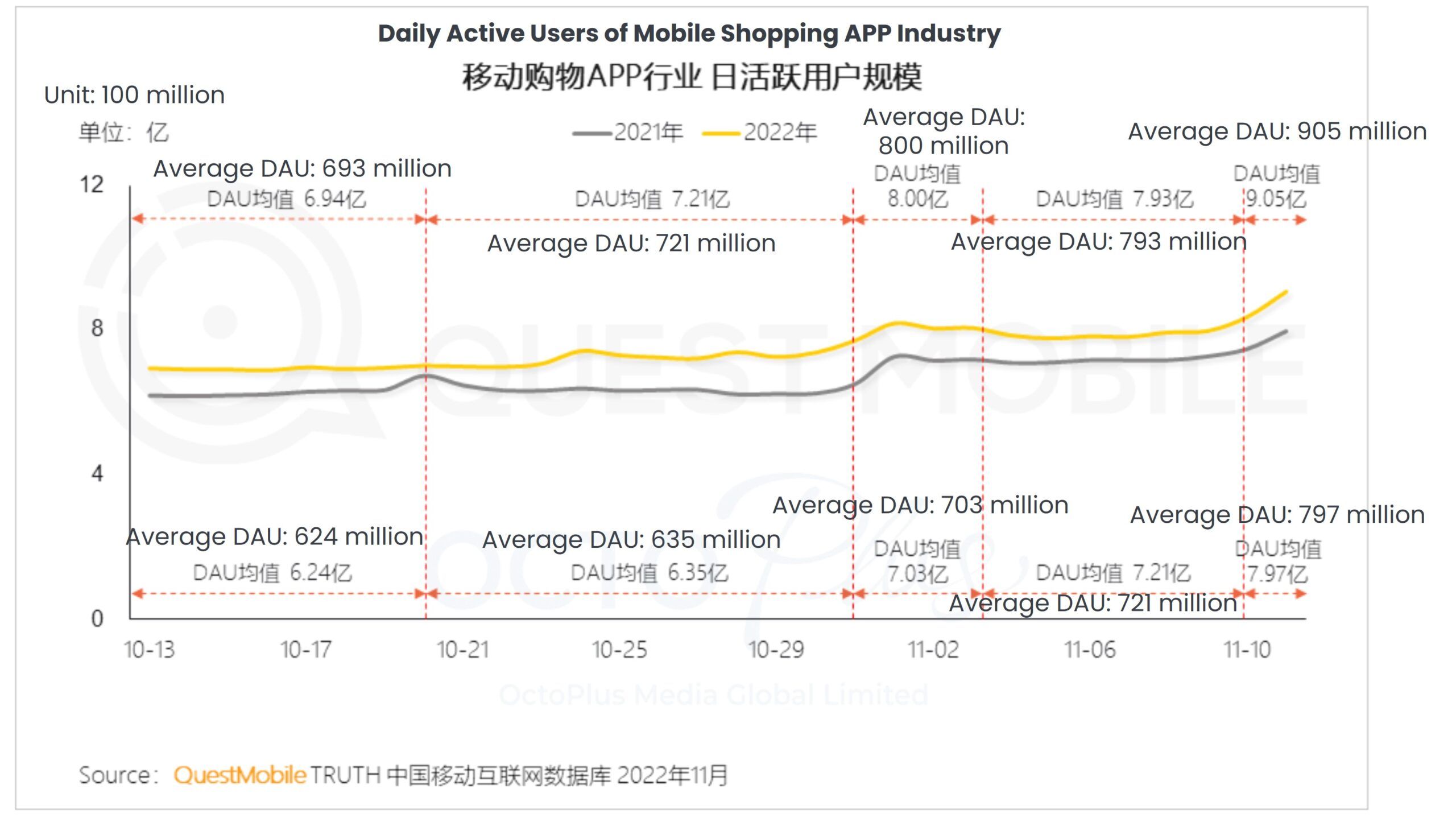
Taobao, Pinduoduo, and JD.com are the leading e-commerce platforms, and their user engagement continued to increase during Double Eleven, with the same rhythm of user fluctuation as in previous years. The payment rhythm at 8 p.m. has become a marketing opportunity for the major e-commerce platforms, and this kind of big promotion helps to stimulate user activity and activate new users.
The portraits of new users of each leading e-commerce platform are different. During the first wave of the pre-sale period, Taobao’s new users are mainly middle-aged and older users born in the 70s and 60s, while Pinduoduo’s new users are post-80s and post-70s, and on JD.com, there are new female users and mainly first-tier markets.
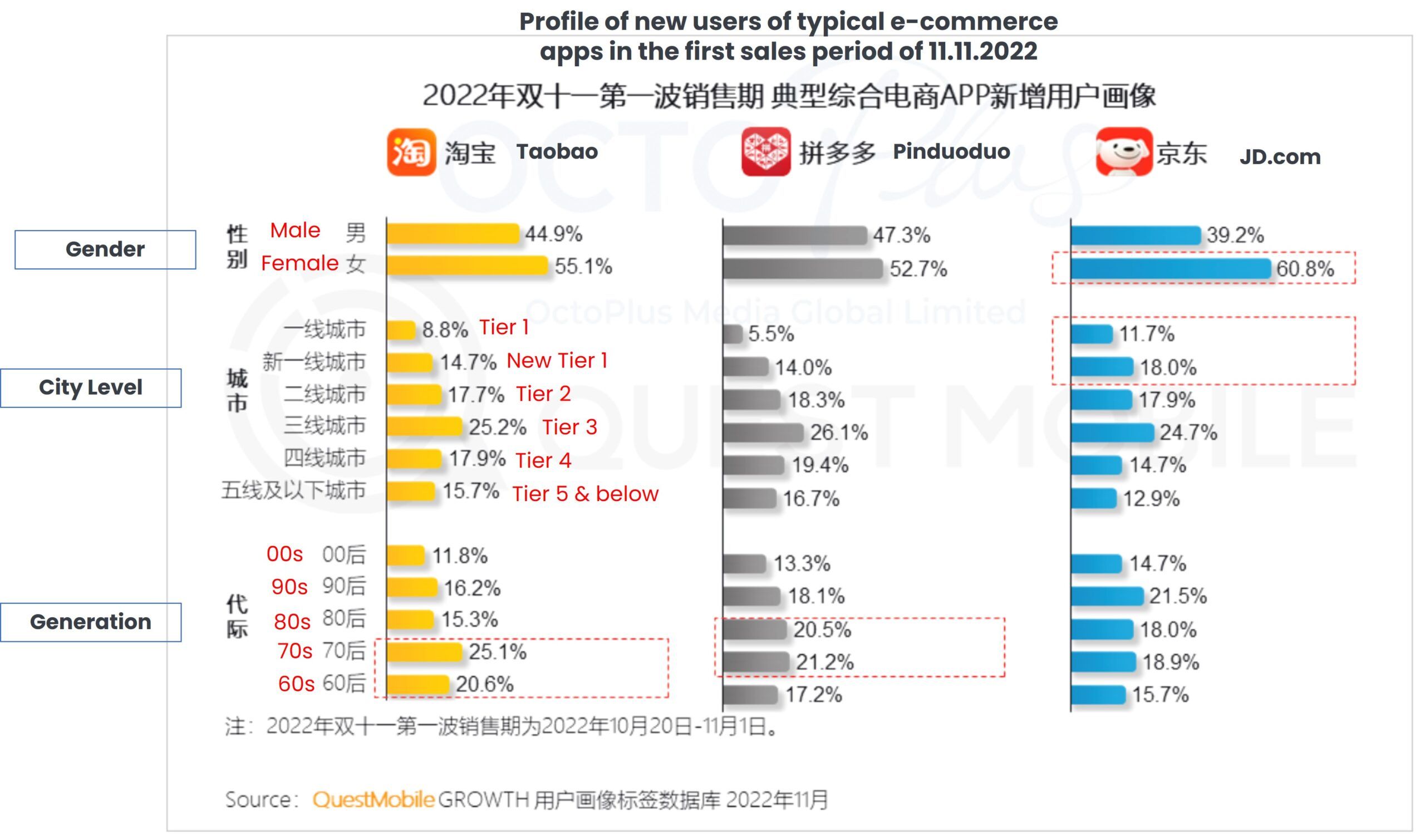
The overlap between users of leading e-commerce companies such as Taobao, Pinduoduo, and JD.com increased by 6.1% YoY, reaching 36.21 million. The characteristics of cross-platform comparison and purchase by users become more obvious on the last day of the first wave of sales. Large promotions can still stimulate consumption, but users have clear rational consumption goals, leading to increased competition for users between platforms.
During Double Eleven in 2022, brands have invested up to 96.9% of their advertising costs in e-commerce, the big promotional advertisements will drive the overall launch, and major brands are using the big promotion to drive traffic toward private traffic. Live streaming platforms continue to be an efficient conversion channel and with the popularity of live streaming for large sales, the number of goods has continued to grow.
Brands are also partnering with joint channels to launch synchronously during the big promotion period to increase brand exposure. Major platforms have upgraded their marketing tools to strengthen the concept of precise targeting to achieve efficient matching of platform targeting resources.
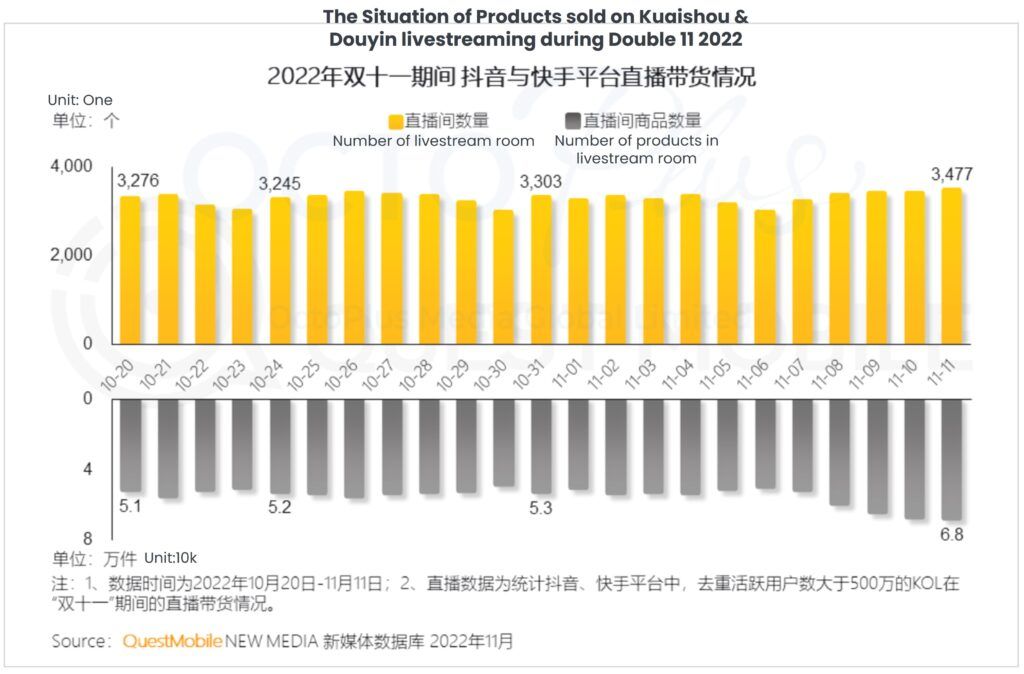
The TOP5 advertising media during Double Eleven in 2022 are instant messaging (330 million), online video (200 million), search and download (70 million), short video (70 million), and Weibo social (60 million). According to QuestMobile’s report, the beauty care industry led the advertising spending during Double Eleven in 2022, showing fierce competition in the beauty care industry. Facial care is the most important category in the beauty industry. As internationally famous brands have sufficient marketing budgets, it has taken up the most marketing resources. The next important advertising category is the shampoo and haircare category which falls in the personal care industry
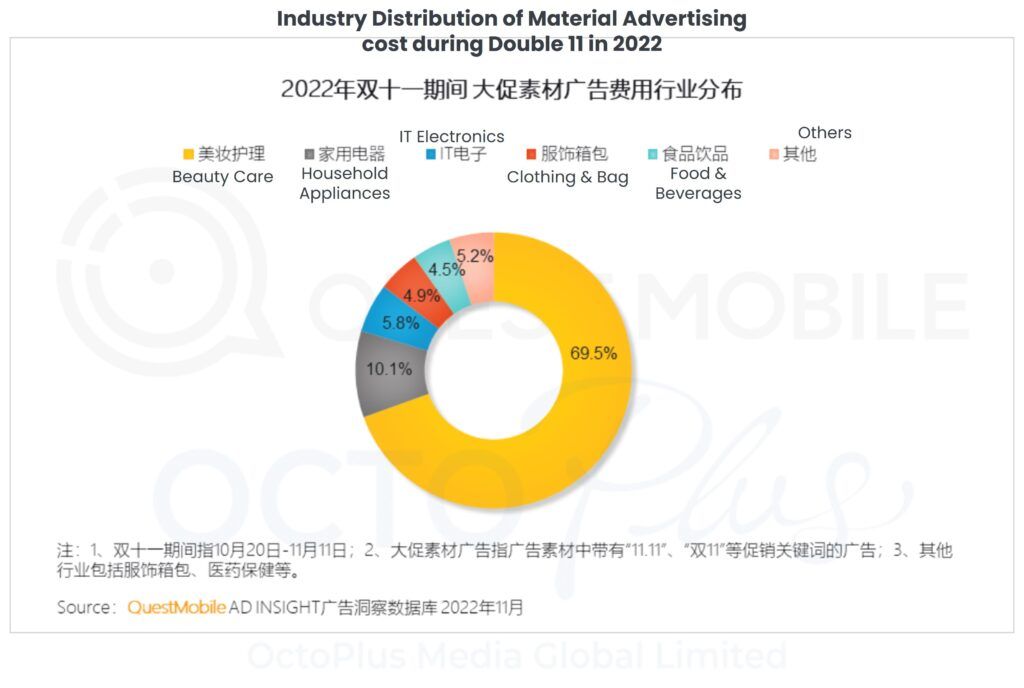
The marketing and sales channels of fast-moving consumer goods are still dominated by live-streaming e-commerce and the sales record of facial care is remarkable, and it has been extended to home products. The proportion of sales of facial care on e-commerce platforms was Douyin (34.4%) and Kuaishou (45.4%).
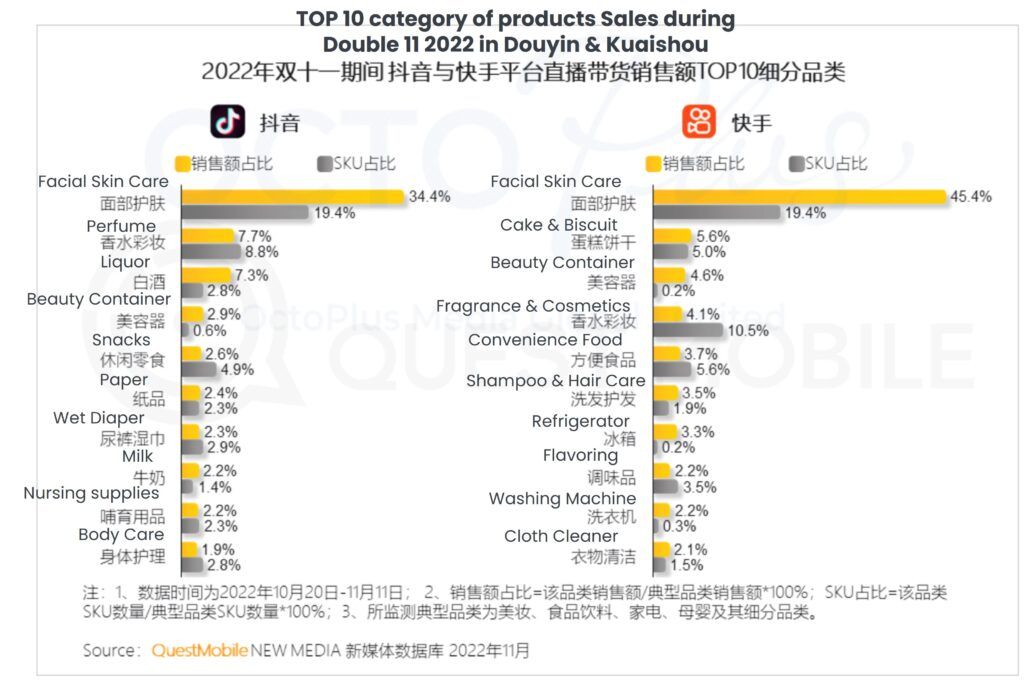
Please contact us to learn more about the 2022 Double Eleven insights report.
2022 China’s “Night Economy” Insight Report
In the “Opinions on Accelerating the Development of Circulation and Promoting Commercial Consumption” issued by the General Office of the State Council of China in 2019, identified the development of the night-time economy and the creation of night consumption scenes as the key tasks. With the development of consumption habits and the emergence of new generations of consumer groups, the scale of the “night economy” continues to increase. The “night economy” refers to all economic activities that take place between 18:00 on the same day to 6:00 the next day, and this kind of economic activity began to take shape in China’s coastal cities as early as the 1980s.
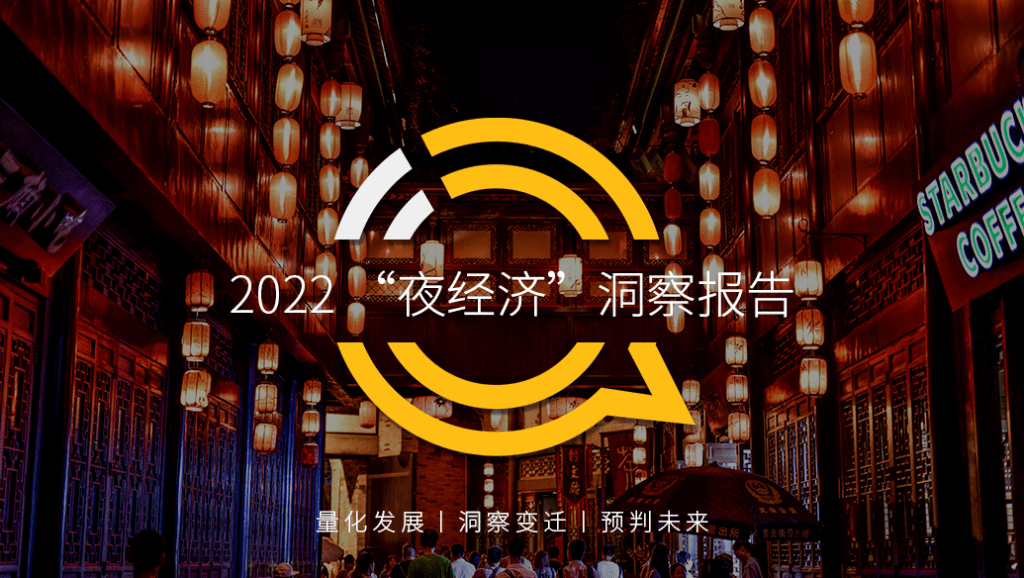
China’s “Night Economy” Insight Report: Nighttime active users are gradually growing, and new consumption patterns are emerging
We’ve compiled the following excerpts based on QuestMobile’s “2022 Night Economy Insight Report”.
According to QuestMobile’s report, as of September 2022, the number of night-time active mobile users in China (from 18:00 to 6:00 the next day) has reached 860 million. Among them, the number of ‘late night party’ users from 0:00 to 2:00 the next day has exceeded 200 million, becoming a new driving force for consumption and a new outlet for economic growth.
With the promotion of the “night economy” and the continuous improvement of consumption levels in many places, the night economy has become an important part of life and continues to unleash consumption potential. Young users born in the 90s and 00s are active late at night, which also creates new demand for night consumption. More than 45.7% of users are under the age of 35, and as high as 60% are from second-, third- and fourth-tier cities.
Mobile internet industry data shows that Chinese users are mainly active in these five activities:
Mobile social: 95.9%
Mobile video: 93.7%
Mobile gaming: 86.8%
Digital reading: 81.01%
Mobile shopping: 78.8%
From the perspective of user group portraits, the average number of active users under the age of 35 in China exceeds 45.7%, and the regions are mostly China’s second, third and fourth-tier cities, accounting for 59.9%.
According to September 2022 data, local life and map services are at the heart of China’s night economy.
The majority of night-time active users in the local life APP are users under the age of 30 (accounting for 47.5%)
The average number of daily night-time deduplicated active users of Meituan APP reached 74.5 million, an increase of 23.2% over the same period in 2021
The number of night-time active users of AutoNavi Maps reached 74.34 million, an increase of 10.1% over the same period in 2021
The number of night-time users of McDonald’s also reached 441,000, and the number of users of WanSF Tongcheng Rider APP, which cooperates with McDonald’s, also reached 243,000
The night-time consumption behaviour of Chinese users can be broadly divided into the following three areas:
1. Night entertainment – online entertainment includes short & long videos, novels, music, games and other apps, and the proportion of Chinese users active at midnight is more than 5%. The common evening entertainment activities such as KTV and bars attract many post-90s users. With the gradual rise of the “tipsy” economy, pubs have become an emerging scene for night entertainment and social interaction among young people.
2. Night shopping – more than 60% of users of China’s most popular e-commerce platforms are active at night, proving that night shopping has become the norm. During the Double Eleven e-commerce promotion period, Chinese e-commerce platforms actively used the “8 pm” when users were very active at night and adjusted the timing of prepayment deposits from “zero” to “8 pm”, resulting in a further increase in the proportion of active users.
3. Eating at night – From 6 pm, restaurants are at their peak hours, and the traffic on the WeChat mini-program side is getting better to meet users’ needs for multi-scenario dining. During late night hours, the food delivery platform has changed to meet the demand for “supper parties”. The number of active users of Ele.me and Meituan APP has increased in the late night hours. A whopping 62.4% of users are under the age of 35.
With the support of China’s urban policies and facilities, the economy in many regions is developing. From creating the characteristics of the local night economy to stimulate the residents’ consumption, through the expansion of internet platform services, the major platforms have also actively deployed night service functions to provide night cultural and tourism services, giving the city night economic capacity. Also due to the development of the night economy, “night owls” have gradually become the user group that beauty brands pay attention to. They have launched a series of repair products to target the “staying up late party”, and emphasized night culture in marketing planning, choosing advertising channels such as videos and social platforms that users often use at night to resonate with users.
If you would like to learn more about “Night Economy”, please contact us.
2022 China's Top Short Video APP: Douyin vs Kuaishou Advertising Trend Insights
The short video platforms with excellent performance on Double Eleven are Douyin and Kuaishou. Despite the excellent performance of e-commerce, Douyin and Kuaishou have seen a decline in in-feed advertising, except for some active advertisers. According to the data, Douyin’s e-commerce participation rate increased by 86% YoY during the Double Eleven event, while Kuaishou’s e-commerce participation rate increased by 40% YoY.
AppGrowing released the “Insights on Douyin VS Kuaishou Advertising Trends”, which focuses on the advertising trends of China’s top short video apps – Douyin and Kuaishou, and interprets the advertising trends of China’s short video media platforms.
Douyin
Kuaishou
1. Comparison of Industry distribution on short video platforms
- Clothing, shoes and bags industry: 15.13%
- Food and beverage industry: 14.53%
- Makeup and skin care industry: 11.93%
- Culture and entertainment industry: 10.81%
- Daily department store industry: 7.44%
- Personal care and body industry: 7.29%
- Gaming industry: 26.91%
- Culture and entertainment industry: 10.08%
- Social marriage industry: 7.04%
- Life service industry: 5.16%
- Integrated e-commerce industry: 4.71%
- Automotive supplies industry: 4.21%
2. TOP100 advertising style proportion
(i) Among non-gaming apps, entertainment, tools and lifestyle apps have a strong advertising trend, with the entertainment category ranking first at 24.73%, followed by the tools category accounting at nearly 22%. The top 5 non-gaming apps are entertainment, tools, life, social and travel.
(ii) In the ranking of non-gaming apps, Anjuke ranks first, and Beke-W, which is also a lifestyle service/buy and rent property, is also on the list; as for life services, car information style apps are also on the list. The TOP 3 are Anjuke (lifestyle service/buy and rent property), Kuaiyin (video entertainment), iMotofine (car information).
(iii) From the overall data analysis, Q3 game advertisers’ spending on Douyin decreased by 65% compared to Q1, and a decrease by nearly 77% compared to the same period last year. The mobile game industry has relatively reduced its advertising efforts on Douyin’s in-feed, mainly due to the upsurge of short video game live broadcasts since the end of 2021, thus many mobile game advertisers have begun to focus on the marketing of Douyin’s live broadcast room.
(i) Among non-gaming apps, Kuaishou and Douyin are tied for first place in the entertainment category (25.16%), while social (20.63%) and shopping (15.01%) are ranked second and third respectively. The top 5 non-gaming apps are entertainment, social, shopping, tools and life.
(ii) Among the specific non-gaming app rankings, video entertainment ranks first, followed by Youku Video and Sohu Video. Yiche (car information) ranks third, and for dating apps, two apps are also on the list.
3. 2022 TOP Advertising Keywords
- The apparel, footwear and bag industries focus on keywords such as “buy one get one free” and “fleece thickening” and highlight affordable prices
- The food and beverage industry impresses consumers with high quality and low prices, especially with the keywords “authentic” and “buy 1 get 3 free”
- In view of young people’s pursuit of famous brands and convenience, the cosmetics industry mainly promotes “same styles as celebrities” and “lazy people” as promotional points
- The cultural and entertainment industry revolves around “children” and “safety”, and targeted marketing of children’s educational toys
- To highlight the convenience and excitement of playing games, gaming advertisers advertise with relevant keywords such as “no download”, “attack speed flow”, “combined attack” and so on
- The advertising copy in the life service industry highlights keywords such as “no money required” and “free shipping” to emphasize affordable prices and convenient living
- In the social dating industry, they highlight the keywords “understand you” and “warmth” to convey a healing atmosphere
- Cultural and entertainment industry revolves around keywords such as “all arranged”, “ad-free”, and “massive”, highlighting rich content and a smooth reading experience.
To learn more about advertising trends on Douyin and Kuaishou, please contact us.

Youku - China's Leading Online Video-Sharing Platform

Youku.com is the leading online video-sharing platform in China which was very similar to YouTube when it was first launched but gradually transformed into an online media company. It was engaged in the production of movies and TV series and owns many audio and video copyrights. Youku.com was founded on June 21, 2006, and officially launched on December 21, 2006, it is one of the major digital media and entertainment companies under Alibaba Group.
Youku currently supports four major terminals of PC, TV, mobile and car, and has copyrighted, co-produced, self-produced, user-generated content (UGC), professionally-generated content (PGC) and live broadcast content. Youku can be viewed in 230 countries around the world, with major users spread across the United States, Taiwan, Hong Kong, Japan, Indonesia, Brazil, South Korea, Malaysia, Singapore, and Russia. More than 80% of all overseas traffic comes from the top ten countries and regions on the list.

User analysis
415 million monthly active users
54% male, 46% female
Most users are 19-24 years old, up to 44%; 32% of users are 25-34 years old
Users are mainly distributed in Beijing, Shanghai, Shenzhen and other first- and second-tier cities
The coverage of China’s OTT market continues to grow, and Youku, as one of the OTTs, has highly commercialized marketing products. Smart screen (smart TV) is the most important advertising/new brand touchpoint channel for Youku OTT users; 47.3% of users believe that smart screens are the main channel to engage with advertising and marketing information. Youku marketing can be the key touchpoint to grab users’ attention. At the same time, smart TV ads performed well in terms of user attitude indicators such as creativity, credibility, and attractiveness, ranking first in smart TV ads, mobile phone/pad screen casting ads, fixed ads/pop-up ads (including APP open screen ads), live TV ads, long and short video ads and social media ads.
Youku platform has a leading market share, and wide coverage of high-quality families to achieve content consumption for smart home scenarios. In addition, Youku has high data operation capabilities and can target audiences precisely, and marketing functions are more comprehensive under the Alibaba ecosystem. Youku can be seen on all brand TVs, Youku mobile APP + large screen/dual-screen exposure has high visibility of ad delivery.
How to advertise on Youku?

1. PC Display Banner
Video playback page banners 300*100 and 300*50
UGC banner on the right corner 300*250
Bottom column banner 610*100
In-window pre-roll ads/pause ads/fullscreen
Corner label ads in playback window 640*90 and 337*110 (*Display rules: based on the user’s viewing time, the ad will appear at 0,1,5,20 minutes and every 15 minutes thereafter; the duration of the corner label ad is 45 seconds for the 0th minute, 3 minutes for the 1st minute and 2 minutes for the other corner label ads.
2. Mobile APP
Full-screen splash ad: 640*960, 640*1136, 750*1334, 828*1472, 720*1280 (*display requirements: for brand industry only)
In-feed ads: APP homepage, channel homepage
(i) Picture: Static 750*350
(ii) Text: Within 15 characters
(iii) Interaction: Both image and text copy are clickable
New home screens or cast screens are high-quality traffic opportunities in the digital ecosystem, and OTT as an important part of it is developing in an orderly manner. The improvement of OTT reach, the evolution of content power, the enhancement of touch points, its perfect high-value commercialization model, considerable data performance, and irreplaceable family scenarios have become high-value marketing resources for brands.
If you would like to know more about Youku’s advertising inquiries, please contact us.
-End of the Newsletter-
Feel free to talk to us
It’s a team with one single shared goal, which is our client’s success. Deliver results for your business now.
















